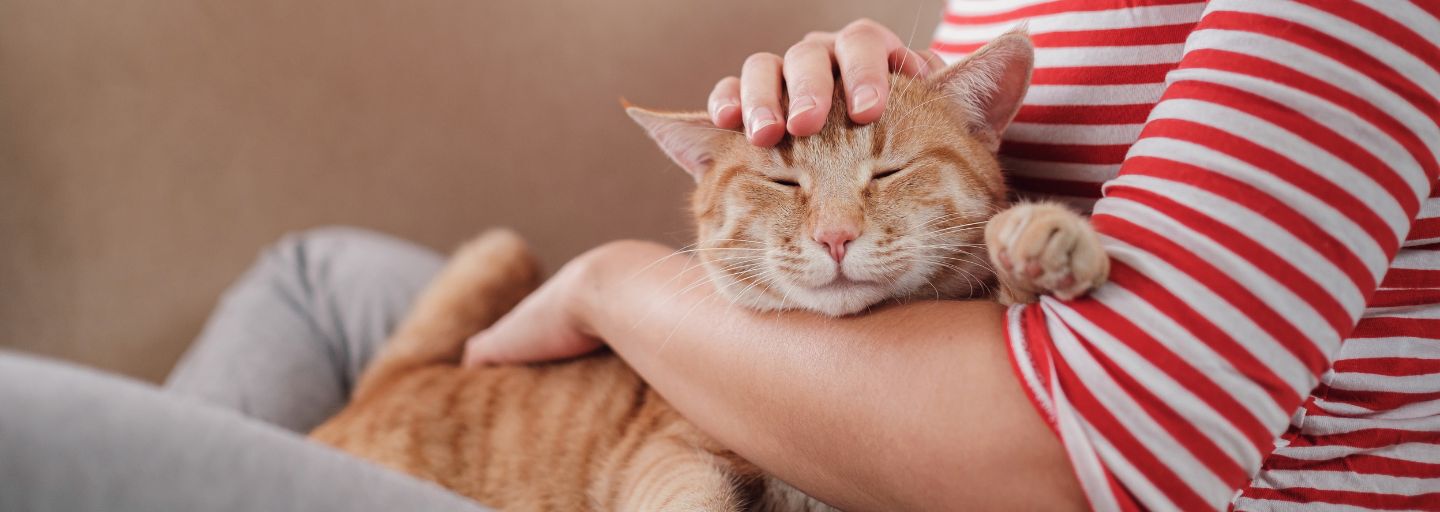Realizing you’ve lost your cat can be devastating, to say the least. Staying calm and working systematically is the best approach when it comes to finding a lost cat.
How to Find a Missing Cat
To maximize your chance of finding a lost cat, act fast, but don’t panic!
- Spend at least 15-30 minutes calling your cat by name, circling the location your cat was last seen.
- Make familiar sounds, such as tapping the side of a can with a fork or shaking a box of dry food.
- Leave a door ajar when you go back into the house.
- Notify immediate neighbors of your cat's absence and ask permission to look in their garages, as cats can sometimes hide there. If they have windows that face your home, they can keep a lookout for you.
- Enlist friends or neighbors to help you canvas the neighborhood. Go door to door with your cat's description and your contact details. Consider offering a reward for information.
- Walk or cycle up and down the road near the area your cat was last seen and drive slowly through your neighborhood. Ask people strolling or cycling nearby and widen your search to surrounding fields and woodlands.
- Cats that aren’t used to being outdoors may panic and settle down unseen into some shrubbery. Sick or injured cats are also likely to hide.
- Take advantage of the lost and found ads in your local newspaper. Place a 'lost cat' ad as soon as possible and be sure to check the column daily for any that have been found.
- Create a flyer with relevant information about your cat, including the name and physical description. Provide all contact details, including your name, telephone number, and email address. If possible, include a photograph and have these photocopied. Post and distribute flyers wherever your cat was last seen, as well as throughout your home neighborhood and to any welfare services you contact.
- Call all local vets. Provide your cat's description and contact details. Follow up with a visit to distribute written information.
- Check your local shelter. If she isn’t there, provide a detailed description such as color, age, size, collar, tag, microchip so they can look out for them.







